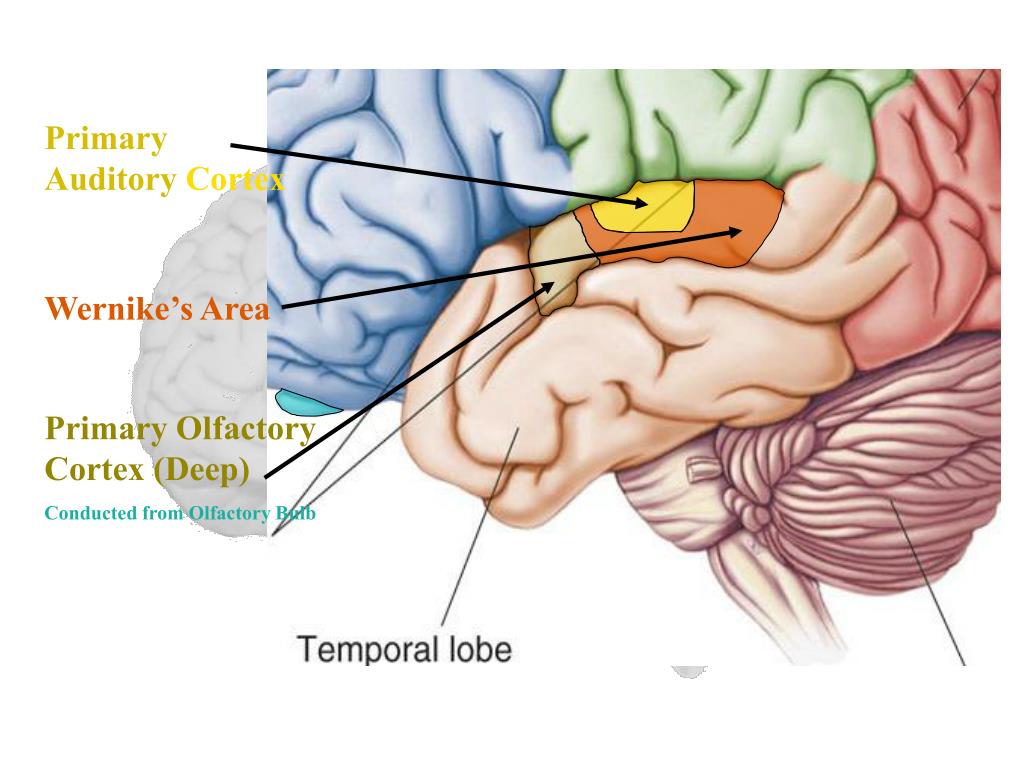
“As a result, when you measure raw voxel responses you’re measuring something that reflects a mixture of underlying neural responses,” Norman-Haignere says. In fMRI, “voxels” - the smallest unit of measurement - reflect the response of hundreds of thousands or millions of neurons. The brain’s auditory system has proven difficult to map, in part because of the coarse spatial resolution of fMRI, which measures blood flow as an index of neural activity. McDermott and Kanwisher are the paper’s senior authors.įor this study, the researchers scanned the brains of 10 human subjects listening to 165 natural sounds, including different types of speech and music, as well as everyday sounds such as footsteps, a car engine starting, and a telephone ringing. Norman-Haignere is the lead author of a paper describing the findings in the Dec. Rosenblith Professor of Cognitive Neuroscience at MIT and a member of MIT’s McGovern Institute for Brain Research. “Our findings are hard to reconcile with the idea that music piggybacks entirely on neural machinery that is optimized for other functions, because the neural responses we see are highly specific to music,” says Nancy Kanwisher, the Walter A. “The music result is notable because people had not been able to clearly see highly selective responses to music before,” says Sam Norman-Haignere, a postdoc at MIT’s McGovern Institute for Brain Research. Using this method, the researchers identified six neural populations with different functions, including the music-selective population and another set of neurons that responds selectively to speech. The finding was enabled by a new method designed to identify neural populations from functional magnetic resonance imaging (fMRI) data.

“One of the core debates surrounding music is to what extent it has dedicated mechanisms in the brain and to what extent it piggybacks off of mechanisms that primarily serve other functions.” Middleton Assistant Professor of Neuroscience in the Department of Brain and Cognitive Sciences at MIT. “It has been the subject of widespread speculation,” says Josh McDermott, the Frederick A. Now, for the first time, MIT neuroscientists have identified a neural population in the human auditory cortex that responds selectively to sounds that people typically categorize as music, but not to speech or other environmental sounds.

Scientists have long wondered if the human brain contains neural mechanisms specific to music perception.


 0 kommentar(er)
0 kommentar(er)
